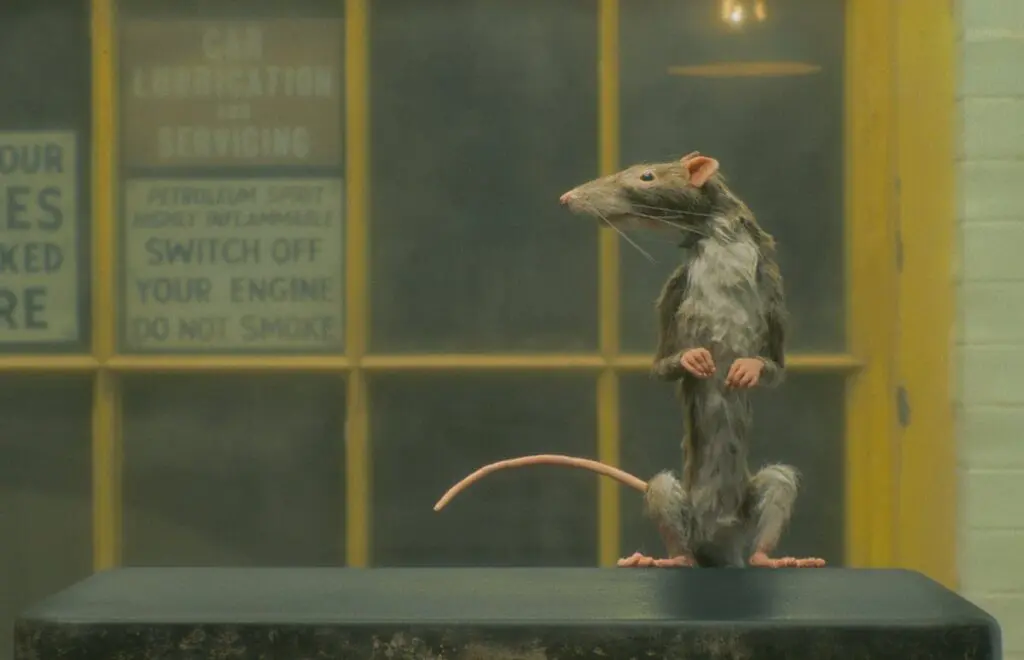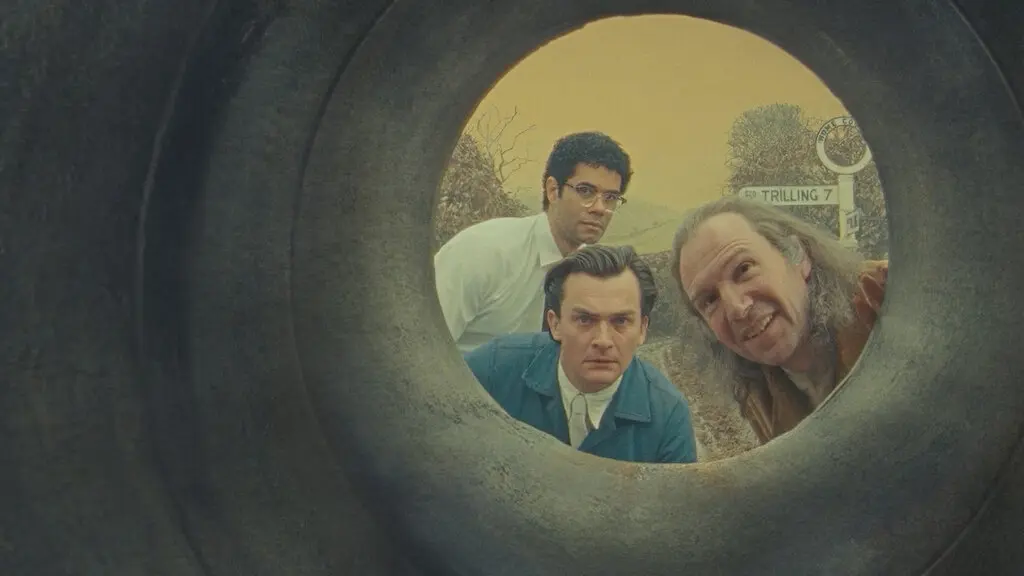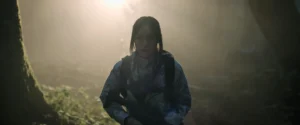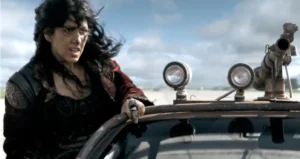Summary
A dark tale of rodents and men, The Rat Catcher boasts some of Anderson’s finest styling in this entire collection.
The third short film in Wes Anderson’s collection of Roald Dahl adaptations for Netflix is the deliberately idiosyncratic The Rat Catcher, a dark descent into madness given an oddly cuddly quality by smartly deployed animation.
There is all sorts going on here; smatterings of humour with a bit of appreciation for rodent cunning giving way to something very close to outright horror. It’s the darkest of the three shorts released preceding it, by quite a margin, but it retains enough of Anderson’s filmmaking grace to feel artier than it might have in other hands.
Just don’t think about it too much.
This story, about two men – played by Richard Ayoade and Rupert Friend – who hire a rat catcher to eradicate the pests menacing a nearby hayrick and both of their businesses, is inspired by Dahl’s own small-town working life. Ayoade and Friend representing the working class might be a bit of a stretch, though.
As with The Wonderful Story of Henry Sugar and The Swan, Ralph Fiennes plays Dahl himself, but here he also plays the titular rat catcher, a strange and scruffy-looking fellow who seems as likely to become a rat as he is to catch one. His expertise and admiration for the creatures borders on a fetish, or at least a kind of murderous mania.

Image from The Rat Catcher (Credit – Netflix)
The drama in The Rat Catcher comes from Ayoade and Friend’s characters not realizing the mistake they’ve made by involving this man until it’s too late. The horror comes from Fiennes, who descends throughout the piece into a more rat-like monster, his front teeth and lean face gradually embellished by props and makeup.
When we finally see a rat, it’s rendered in such a deliberately cute way that it makes Fiennes even more monstrous. He’s the villain of the piece in a slightly inhuman, uncomplicated way, saddling Ayoade and Friend with the more complex moral conundrum of condemning living creatures to grisly fates for their own convenience.
Like The Swan, The Rat Catcher is more contained than The Wonderful Story of Henry Sugar, but it features what is arguably Anderson’s most audacious filmmaking yet. This is where he lets the formal quirks of these shorts run riot, switching perspectives in a sudden and confusing way that paints Friend, Fiennes, and Fiennes-as-Dahl as intermittently rat-like predators squabbling over their prey.
This is one of Dahl’s lesser-known stories, but it makes arguably the biggest impact of any of them thus far, more than justifying its inclusion in this short collection, and proving why Anderson, quibbles with his specific style notwithstanding, is more than deserving of his creative reputation.
Read More: The Rat Catcher Ending Explained




